Equipped with modern features
Since receiving the direction and approval of the Ministry of National Defense , the Institute and the General Department of Engineering have held four workshops to determine the plan, quickly deploy research, design calculations, and renovation.
Previously, the army had also researched and found an equivalent German vehicle, but the import price was quite high. Therefore, the Institute and Factory Z-153 (General Department of Engineering) were assigned the task of renovating the vehicle.
In December 2017, the Institute received the BTR-152 and immediately began to renovate it. The vehicle had to be completed in 3 months to be ready for the UN inspection team.
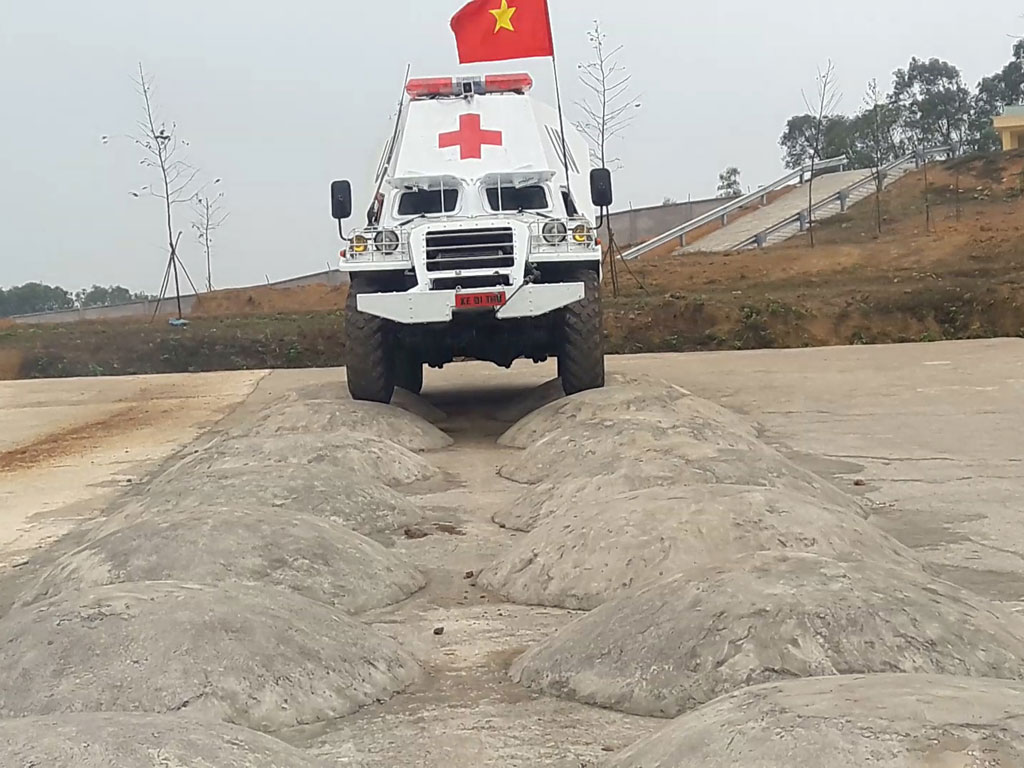 The BTR-152 armored personnel carrier was converted into an armored ambulance |
The Institute has completely replaced the vehicle, keeping only the chassis and bulletproof armor. Renovation and addition of bulletproof armor on the roof of the vehicle, the armor is capable of resisting conventional 7.62 mm infantry bullets. The entire chassis, bridge, and tires are replaced with original materials from Russia. Renovation and conversion of the mechanical steering system to a hydraulic power steering system; installation of additional leaf springs to increase the load-bearing capacity of the suspension system, installation of rearview mirrors, front turn signals, rear signal lights...
In addition, the gasoline engine was replaced with a diesel engine at the request of the UN because in South Sudan, this force only provides diesel. The vehicle is limited to a speed of 65 km/h.
|
The Institute and Z-153 made a model with the same volume as the car and the cooling system was placed in a paint drying chamber at 60 - 65 degrees Celsius for testing. The cooling system met the requirements and was very effective. The car was tested for thousands of kilometers and the system was very good.
In addition, this is the first time Vietnam has used thermal imaging camera technology installed on military vehicles. Because there is a lot of dust in South Sudan, and in the dry season the dust is very thick, the distance between the front and rear vehicles of 10 meters may not be able to see each other, so thermal imaging cameras will support.
The regular windshield on the car is also replaced with bulletproof glass. Above it are two armor plates that will be pulled down after the bulletproof glass is hit by the first round. The car's operations will be supported by additional cameras.
Regarding the emergency equipment on the vehicle, it is implemented according to the standards of air and road ambulances. The vehicle has a 2-level ambulance stand for 2 patients to lie down, at least 2 patients to sit; 2 portable stretchers for first aid in case of severe injuries; there is a portable suction machine, 1 monitor for patients with cardiogenic shock, 1 portable ventilator, electric syringe pump...
Moving towards mass production
In 2019, the Ministry of National Defense is expected to send Field Hospital 2.2 to replace Field Hospital 2.1. Along with other equipment, an additional armored ambulance can be converted to serve Field Hospital 2.2.
In addition, from this success, the army can build a program to mass produce BTR-152 armored ambulances, or vehicles with similar features, to equip army hospitals, infirmaries of military regions and corps to perform tasks in anti-riot or war situations.
Source: https://thanhnien.vn/chiec-xe-thiet-giap-cuu-thuong-dac-biet-185794332.htm



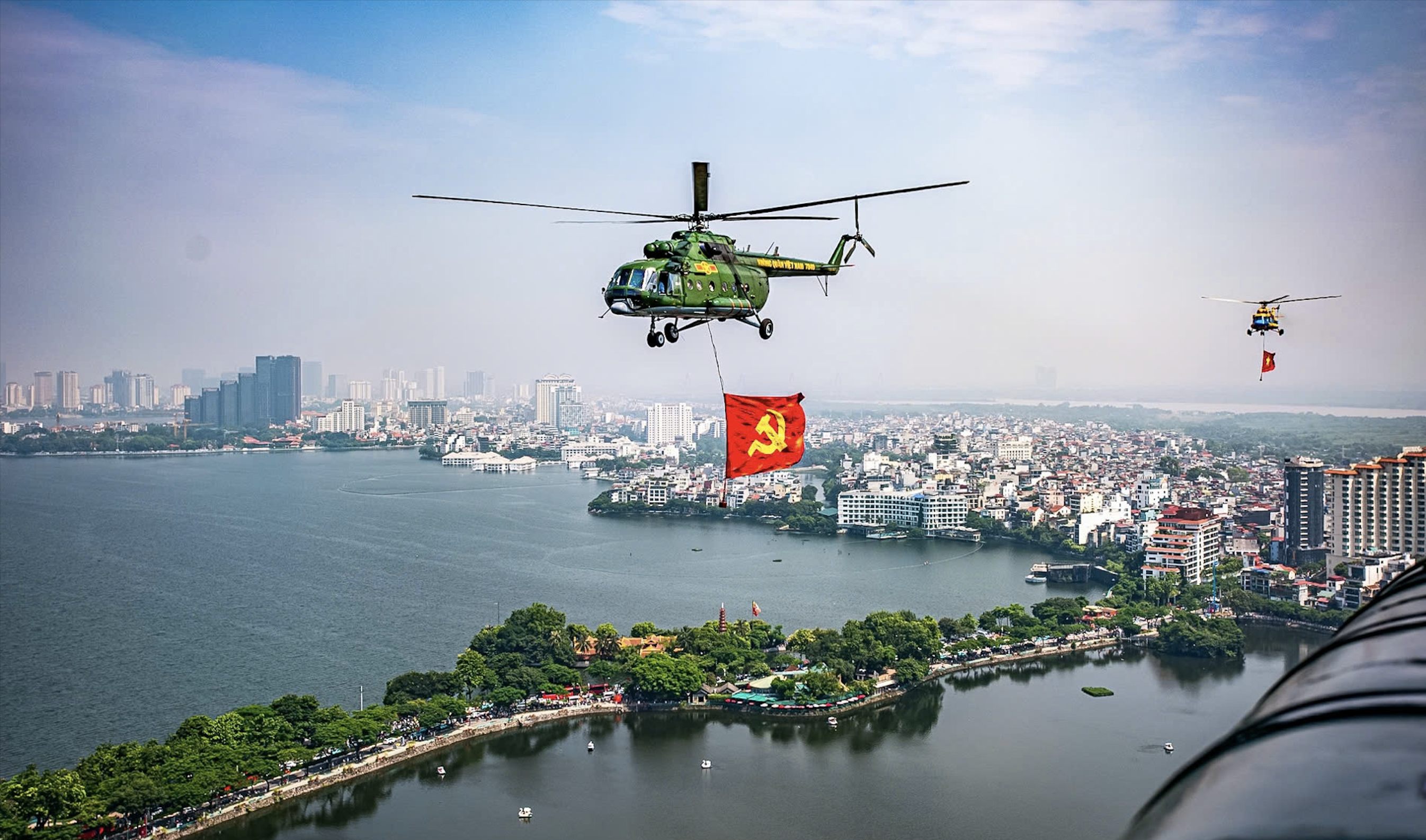

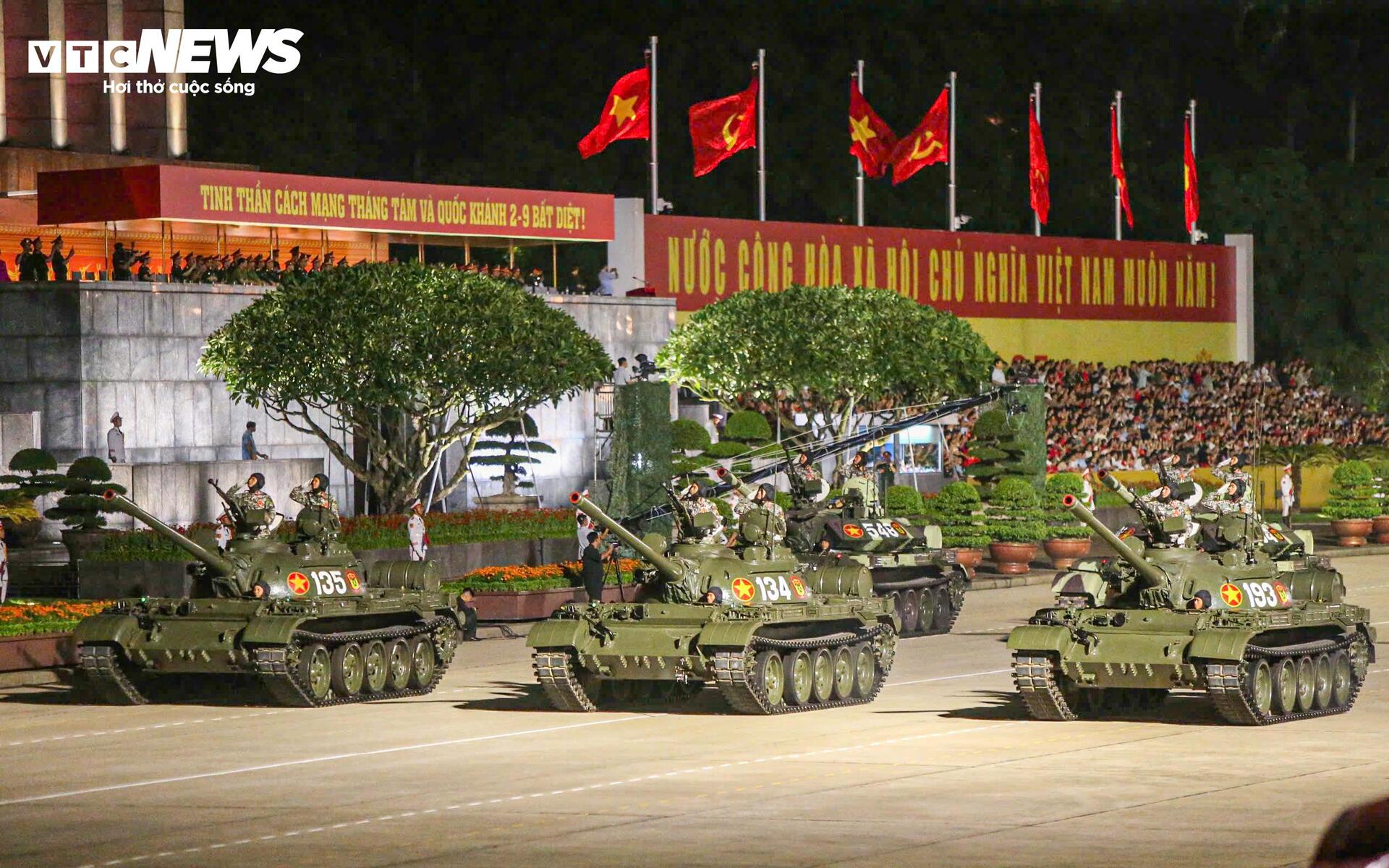
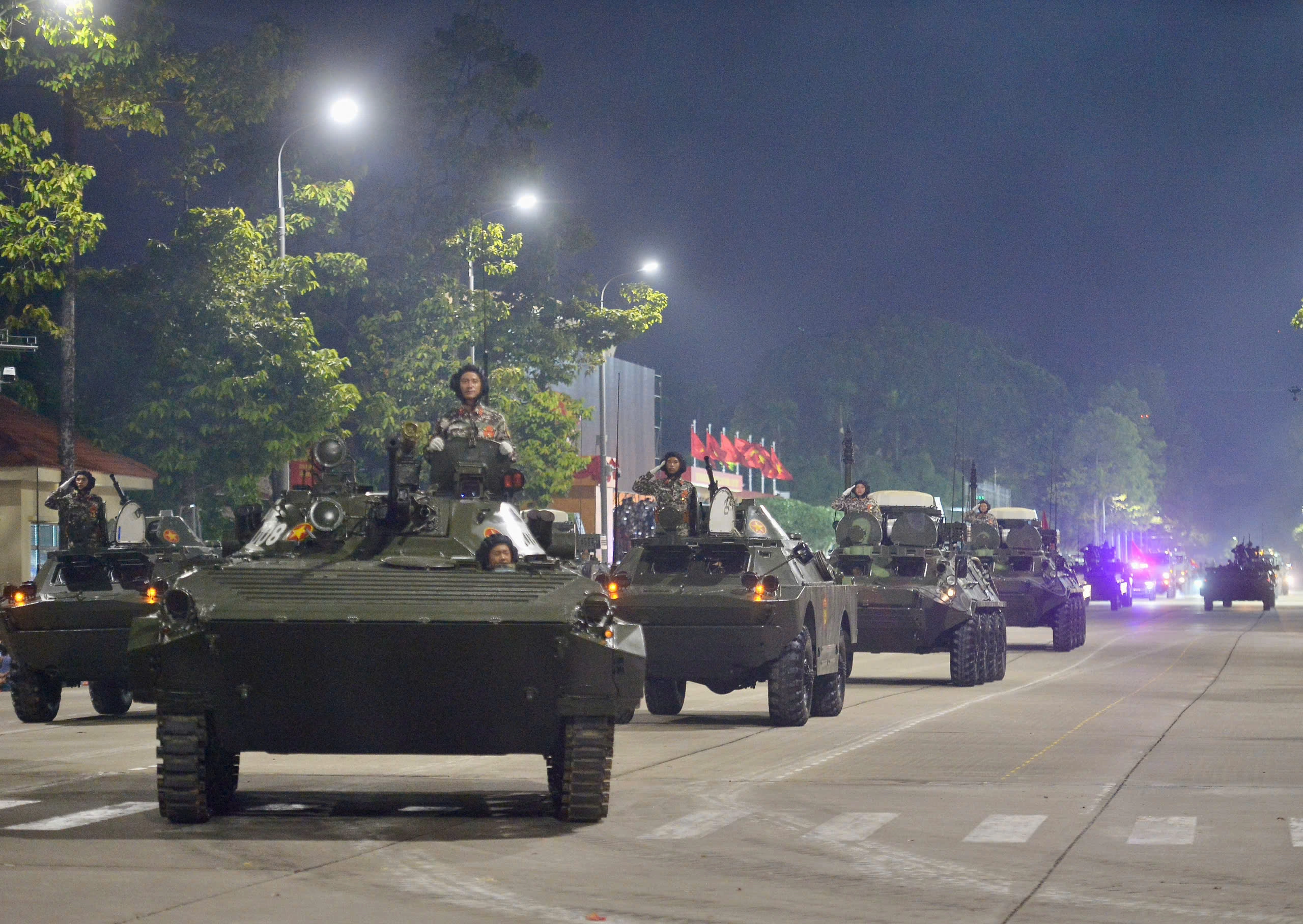
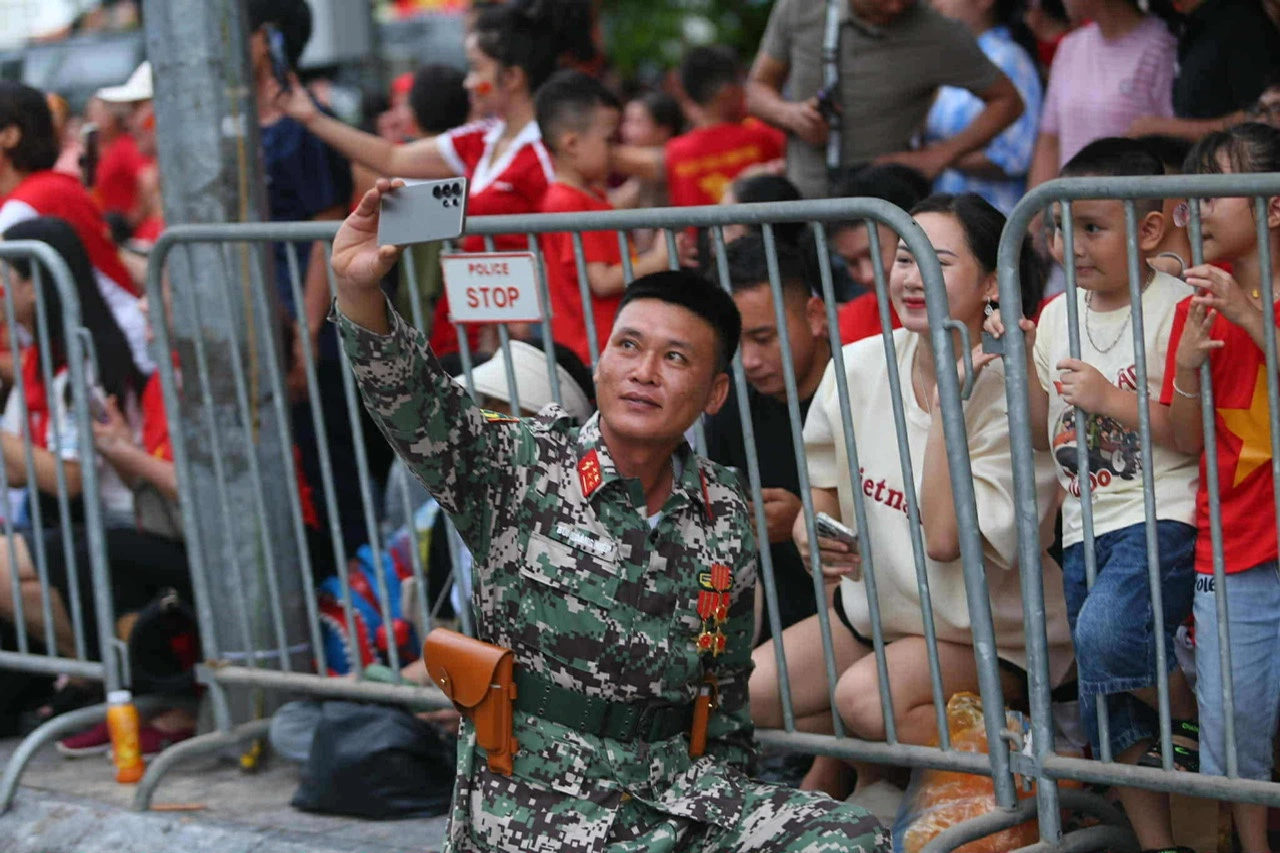
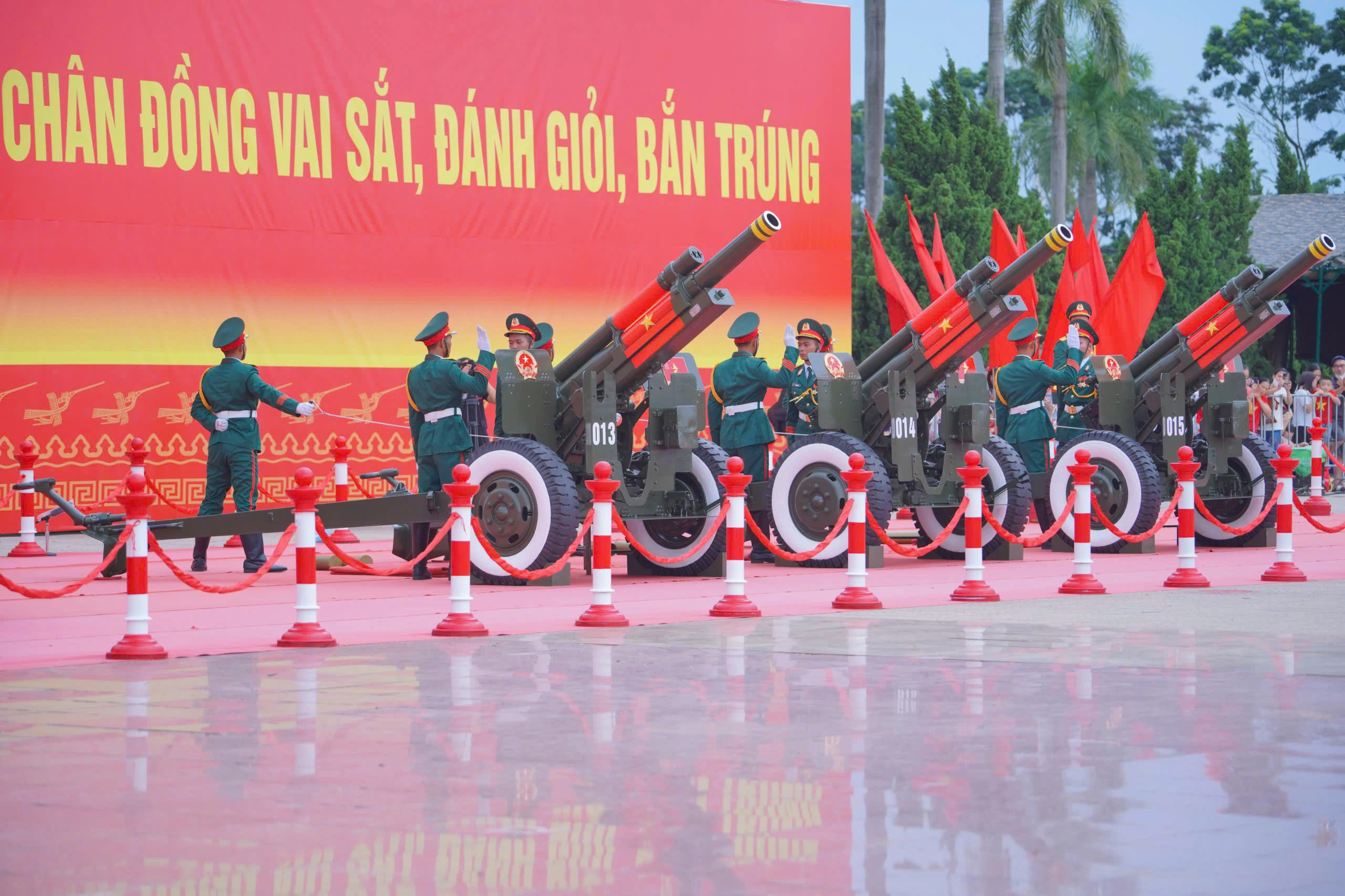
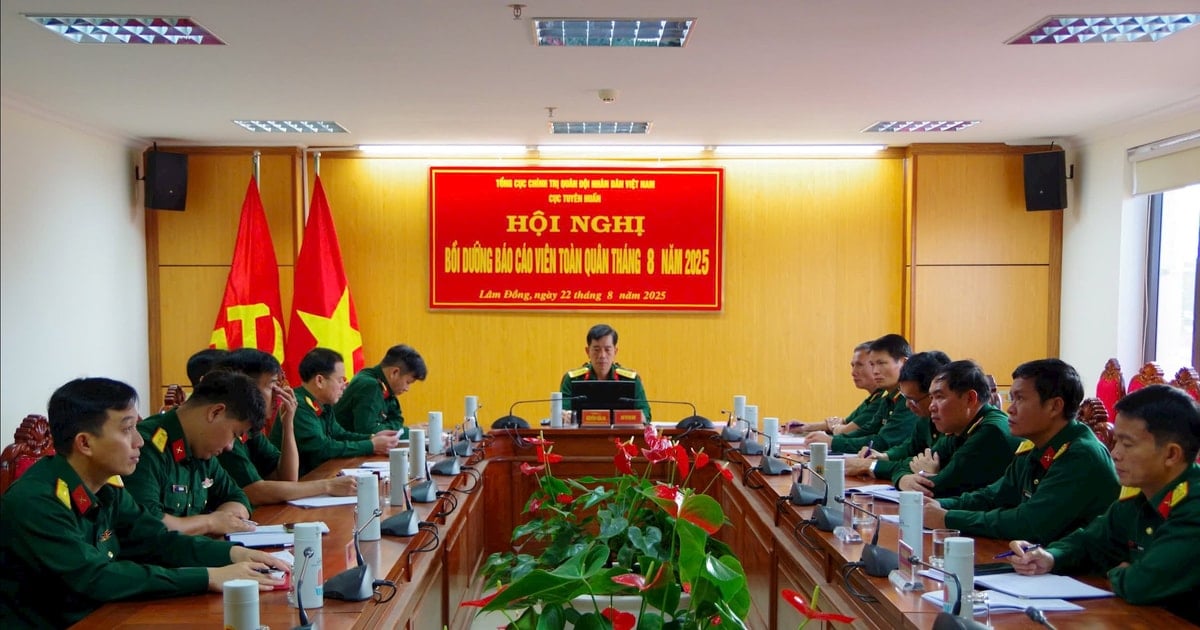

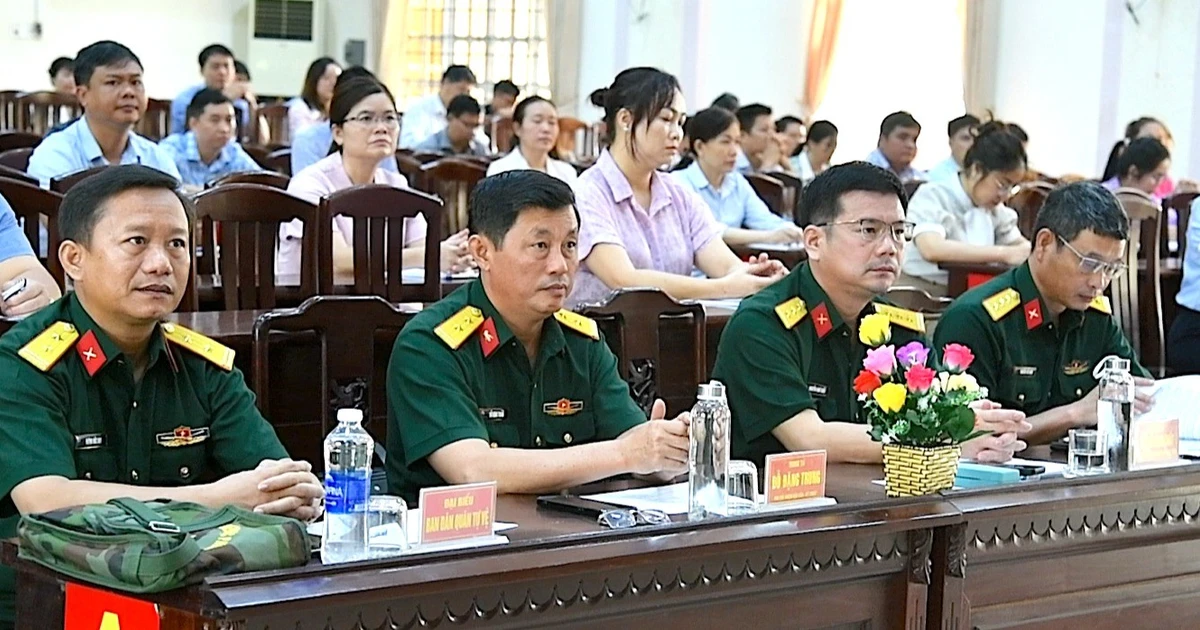

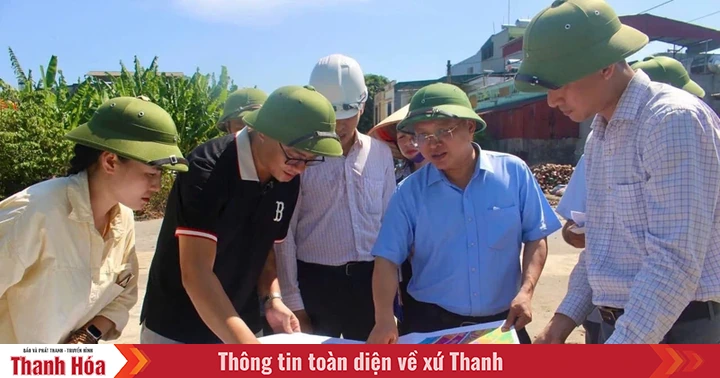




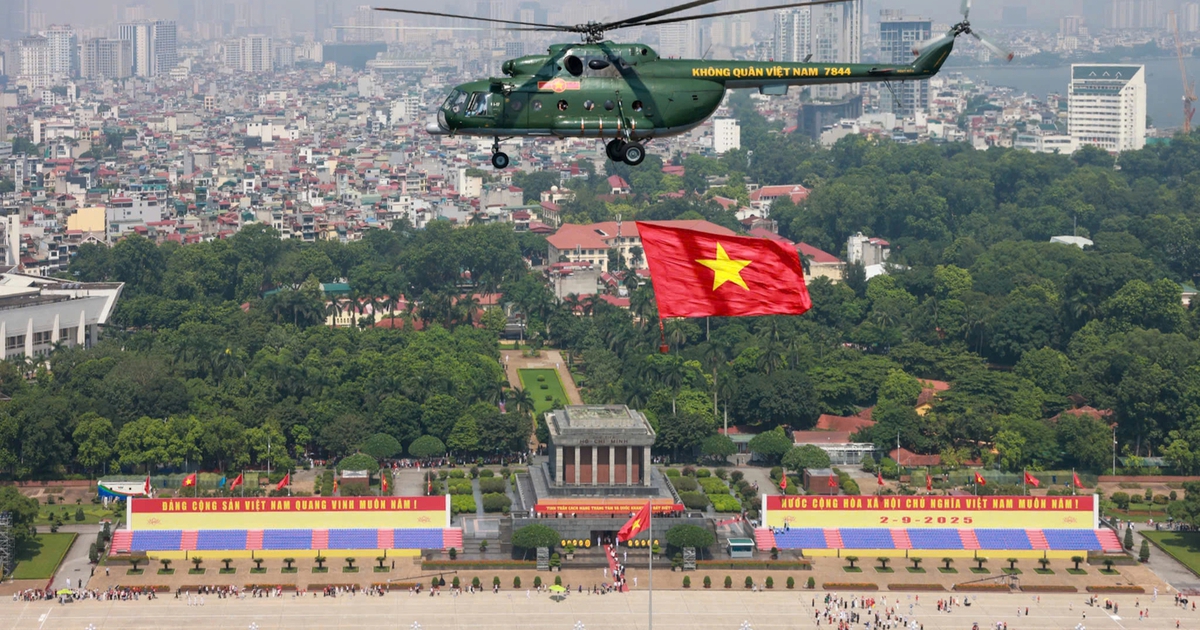

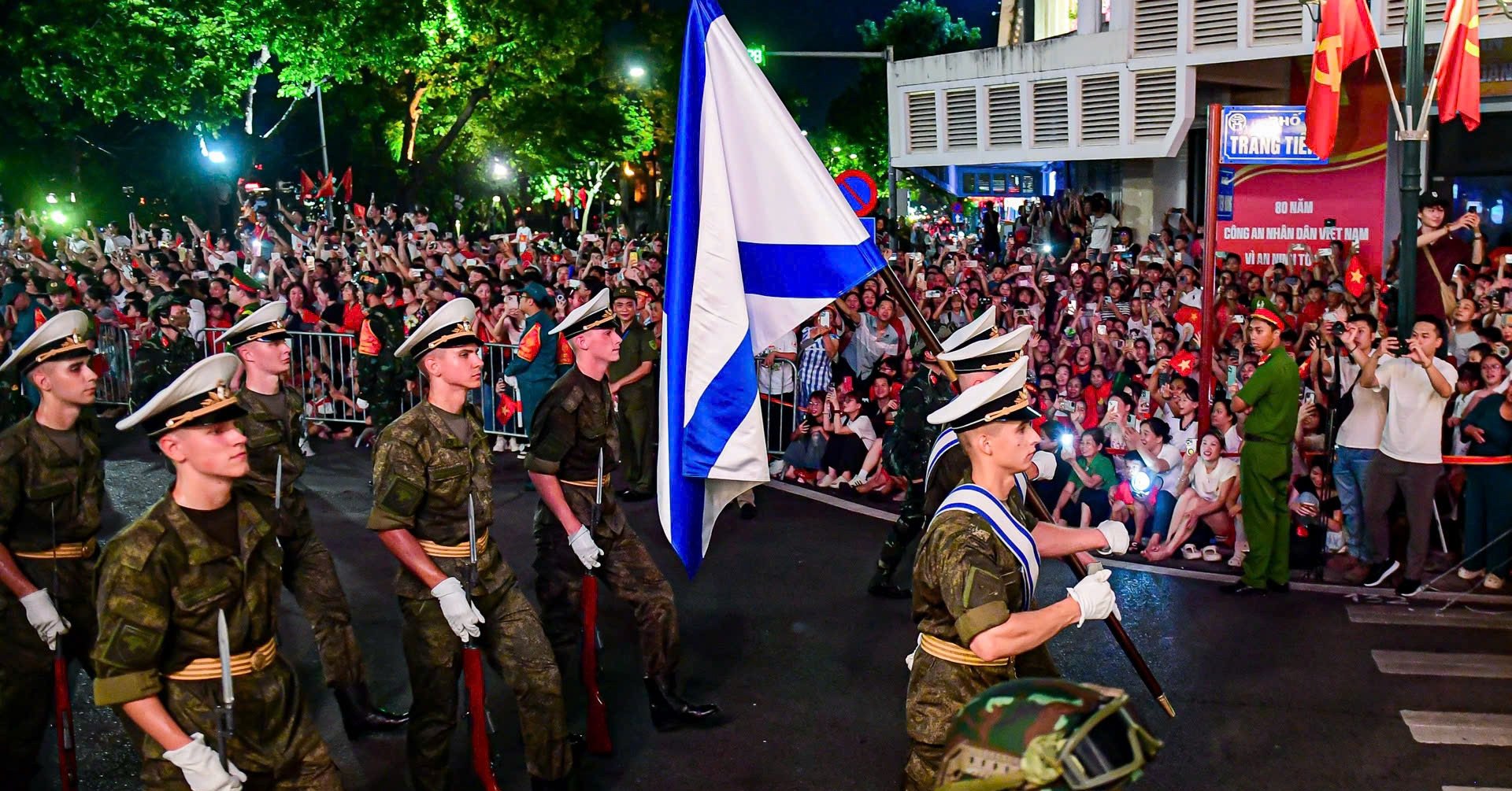
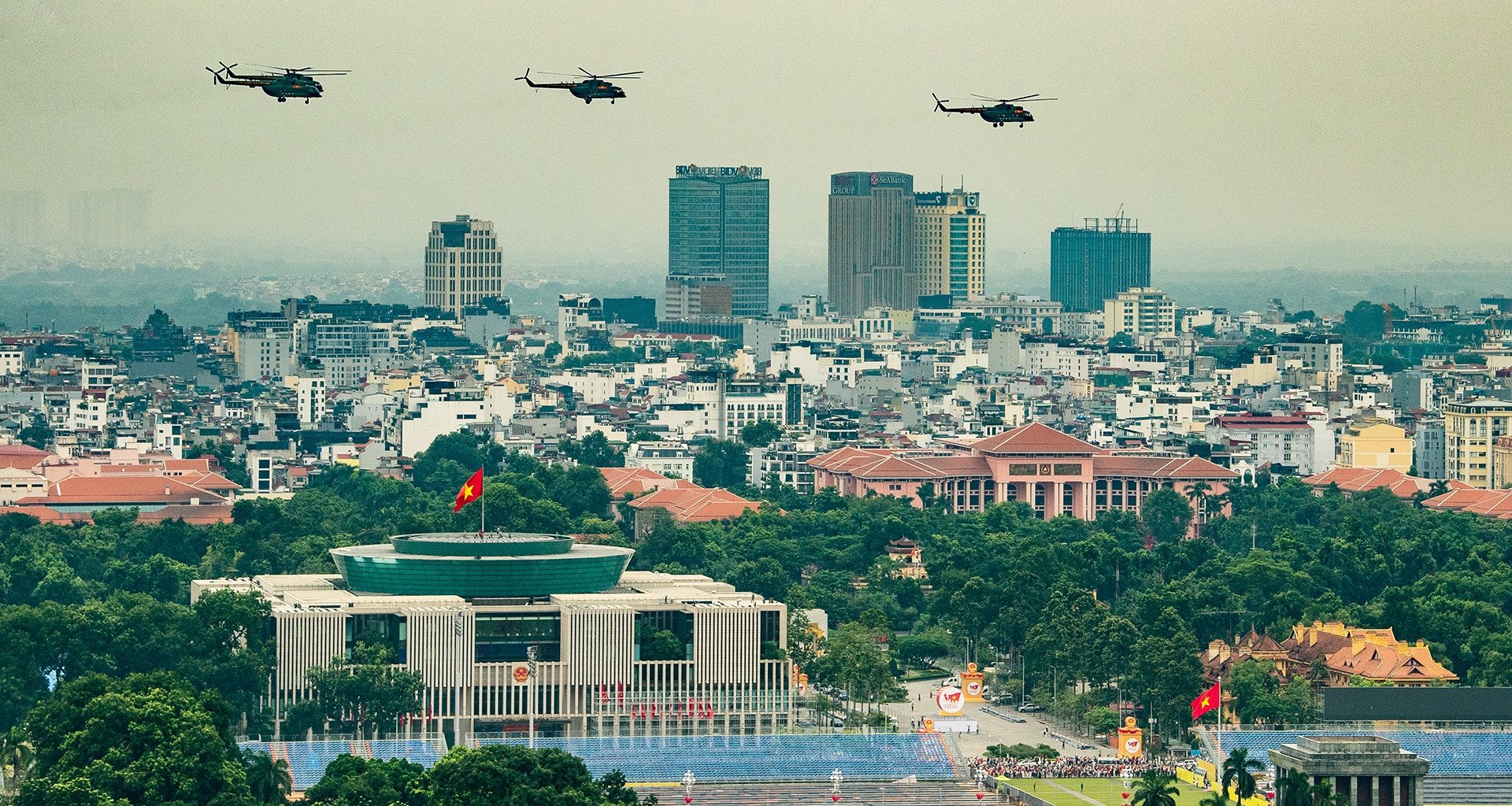
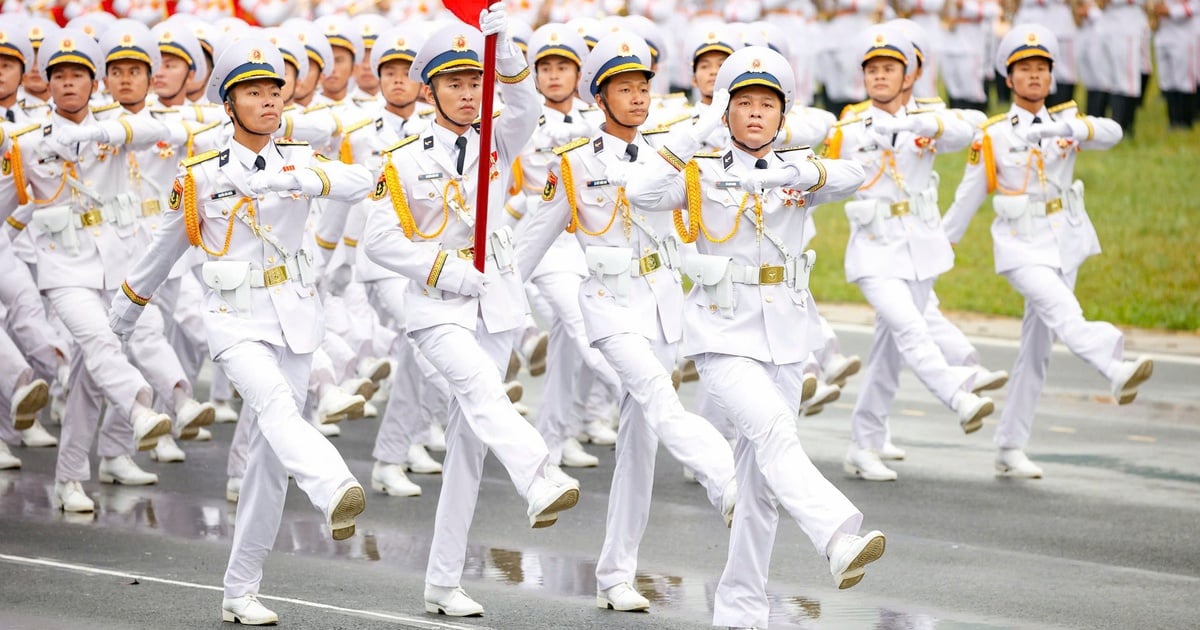
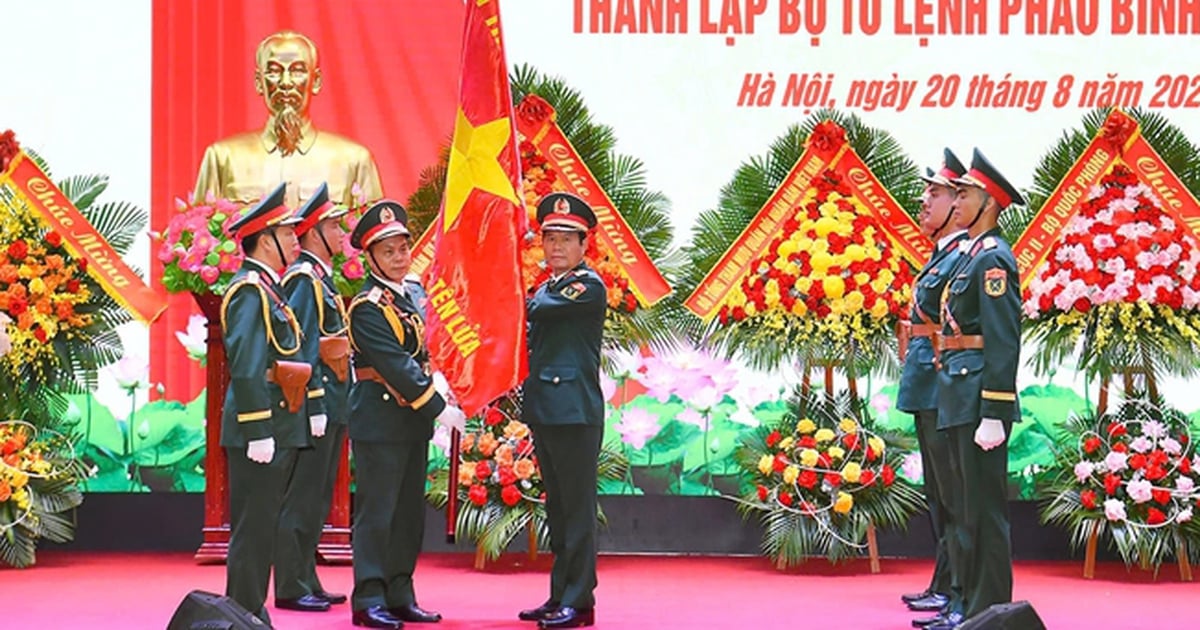
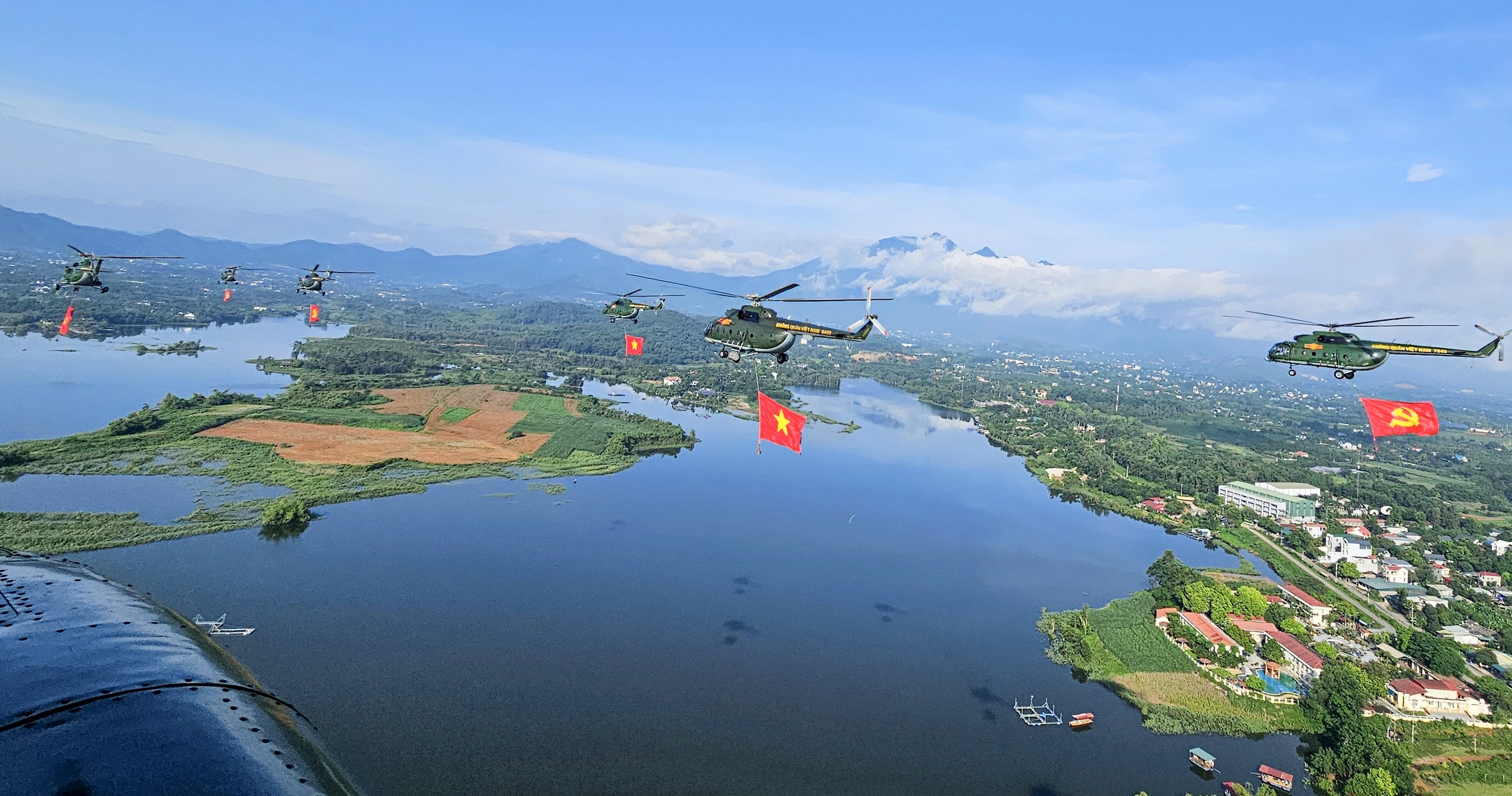




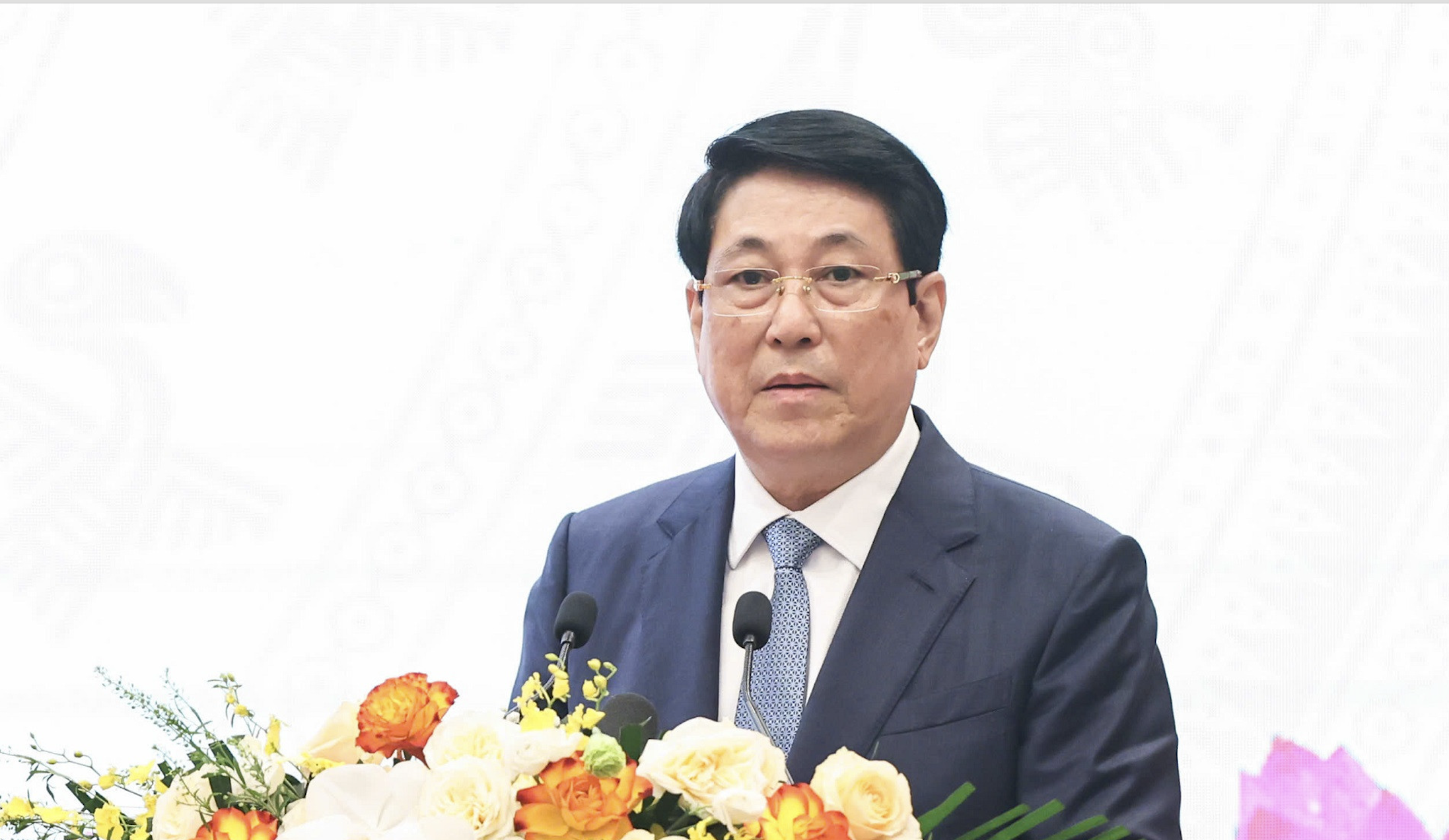

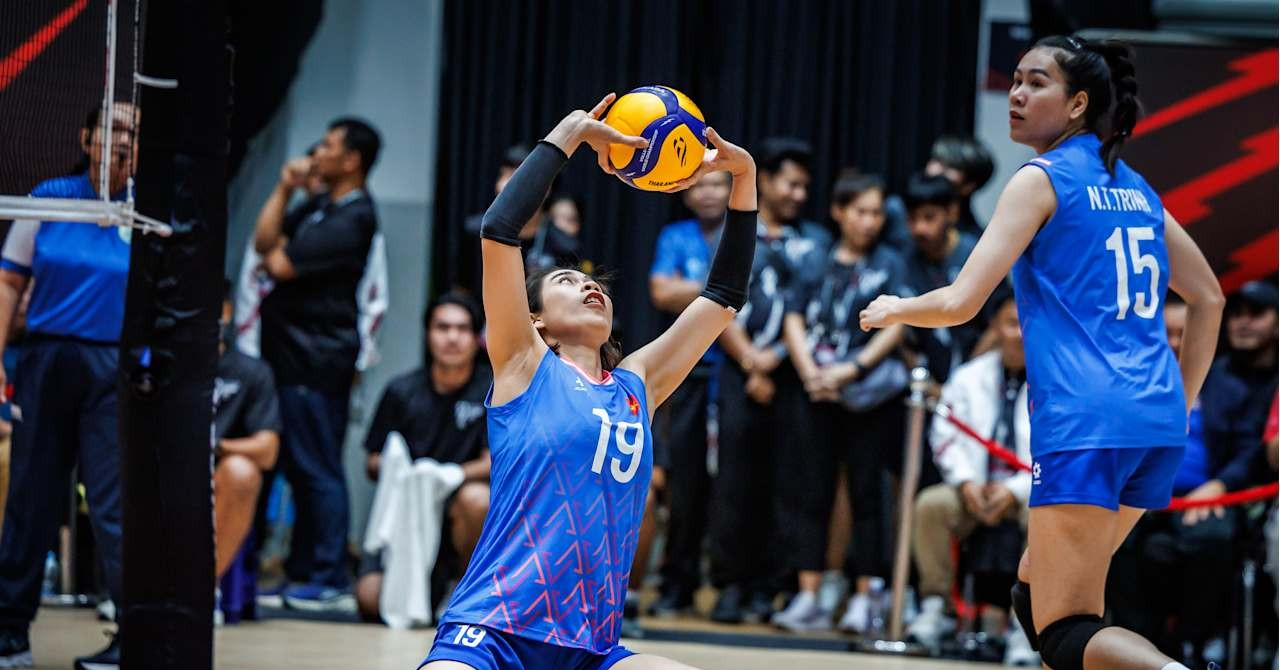

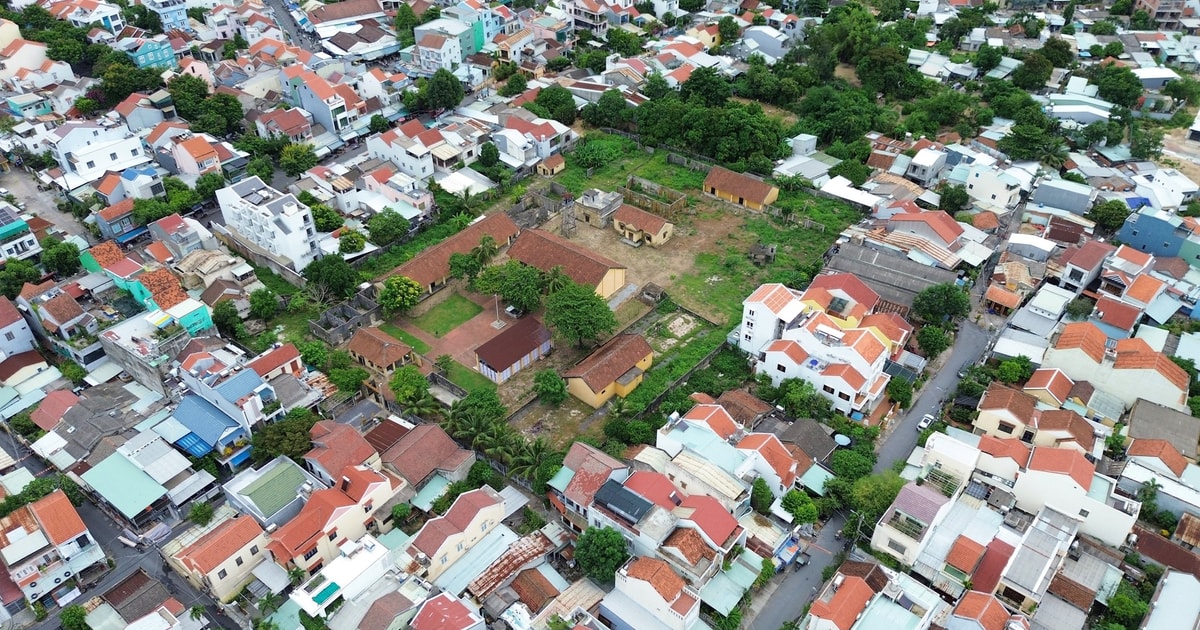



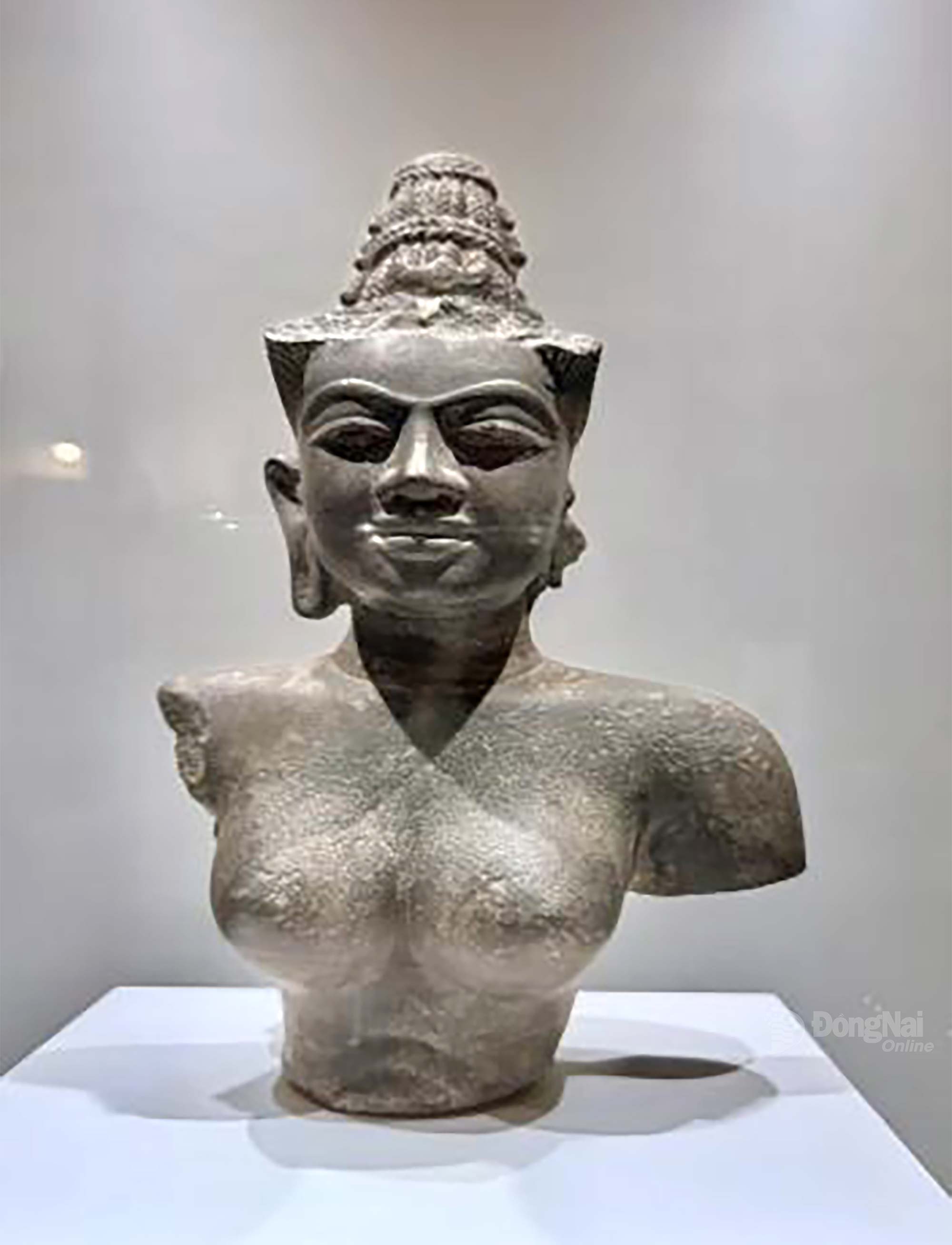







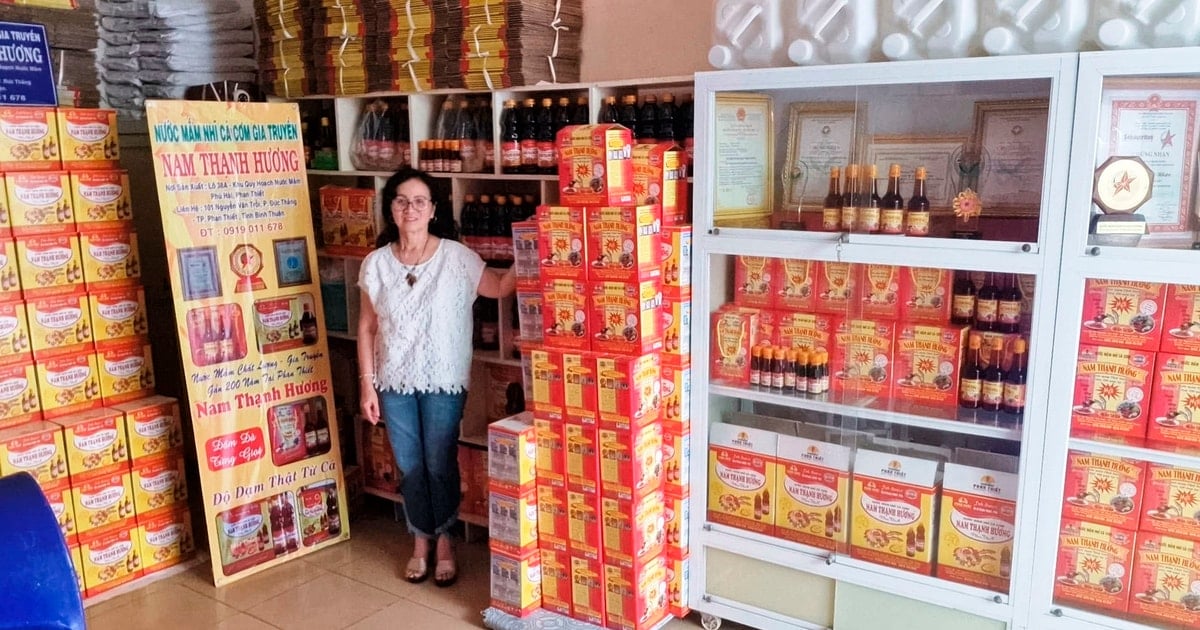


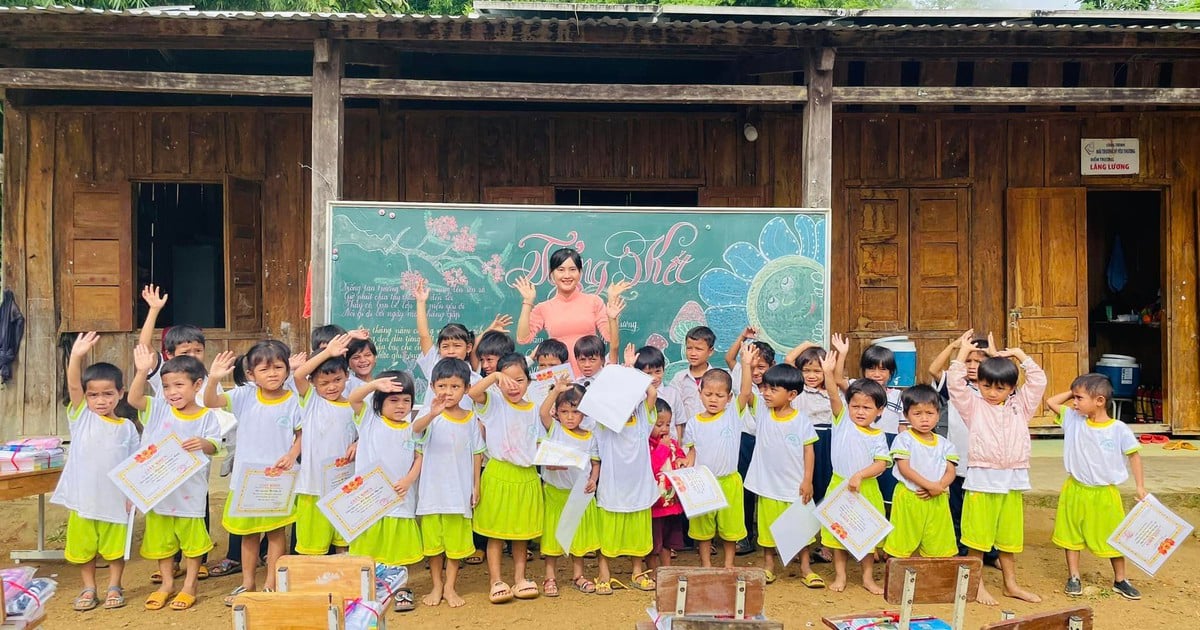
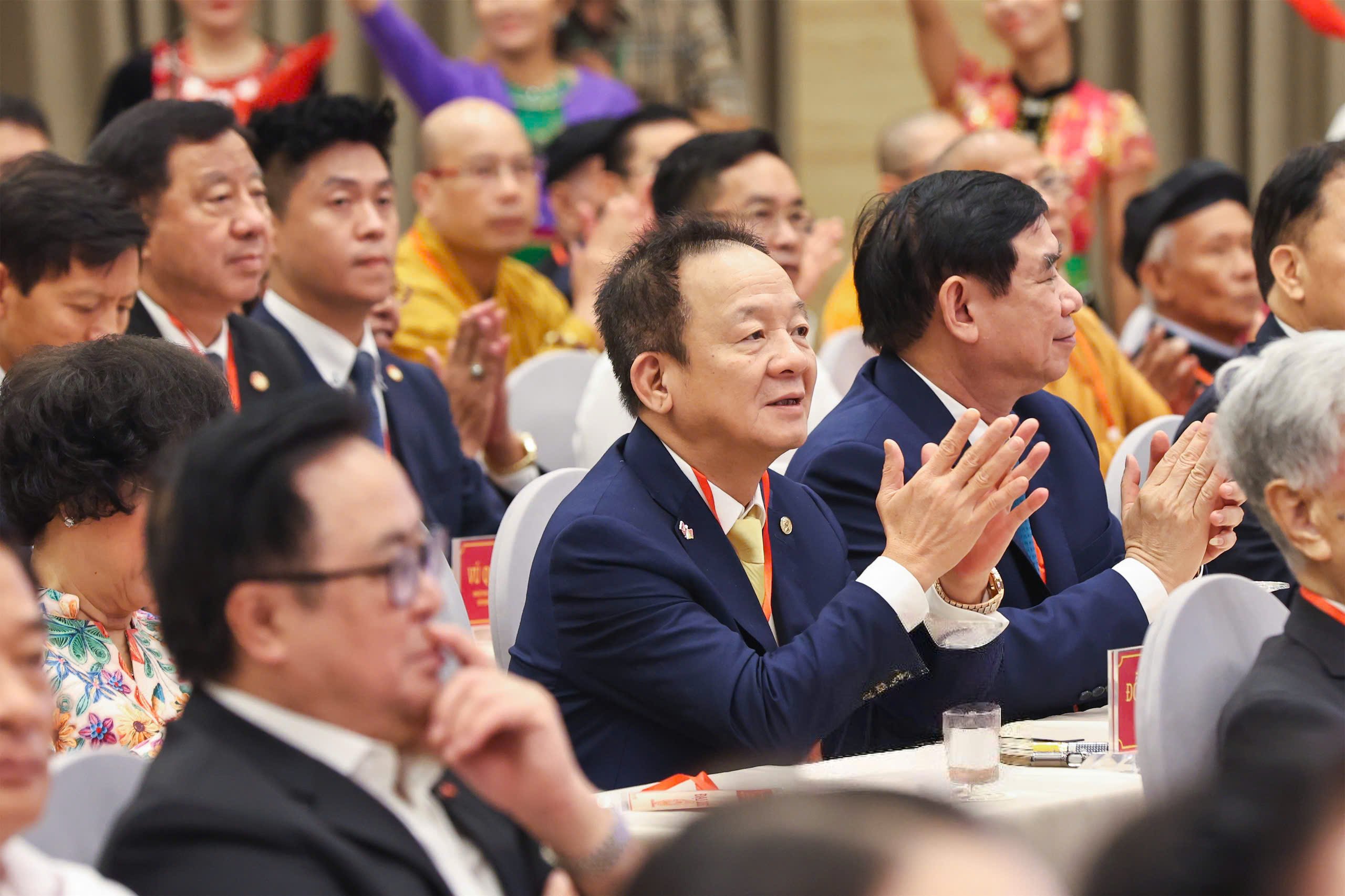





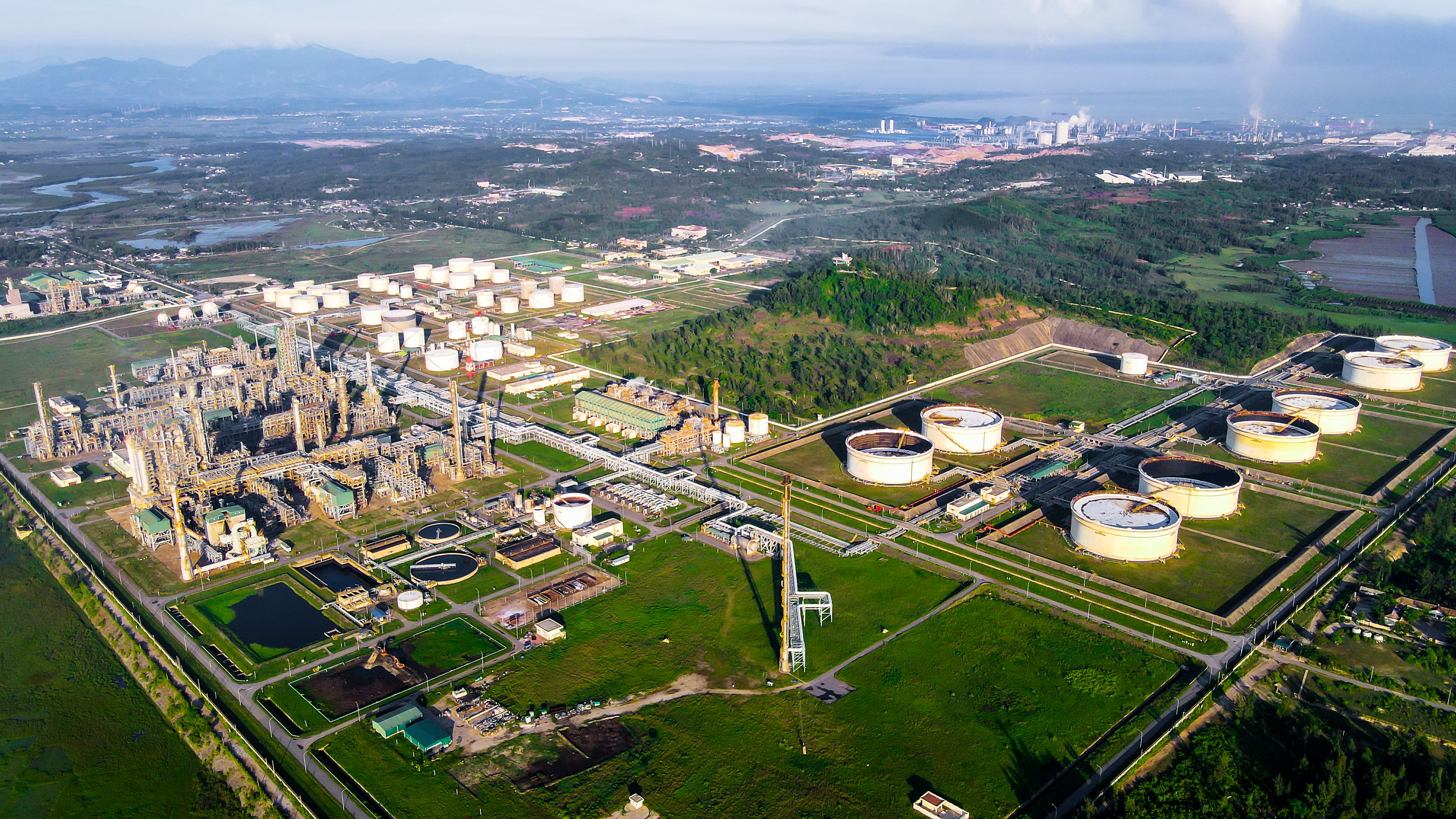








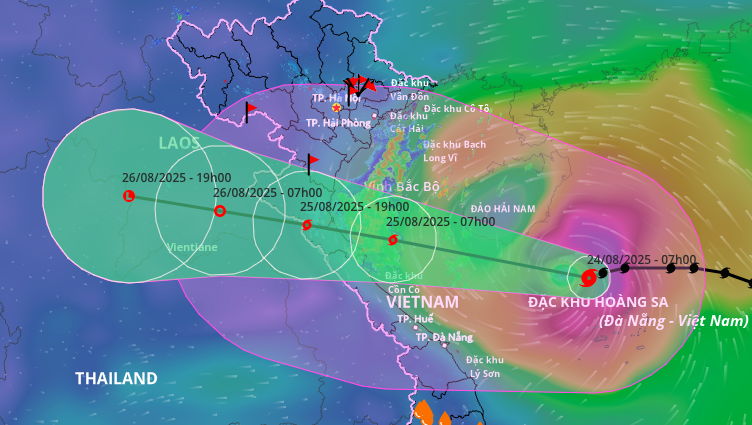



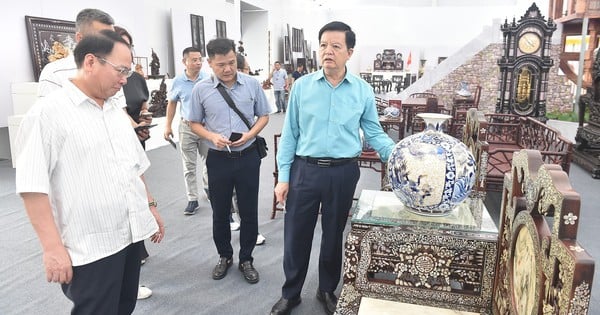










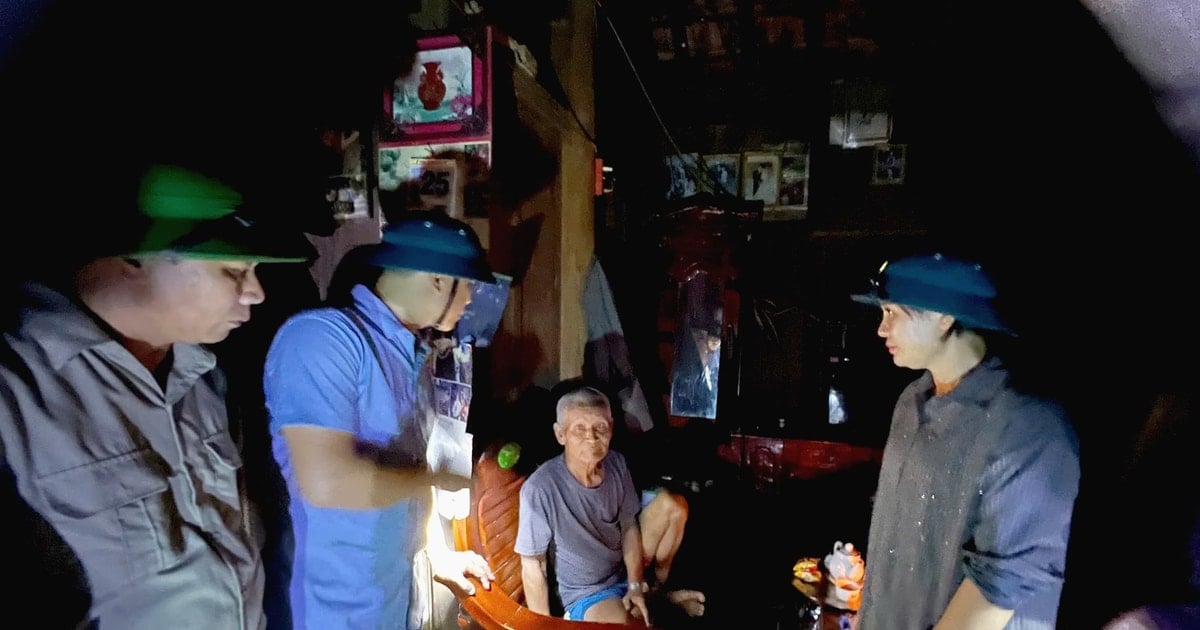



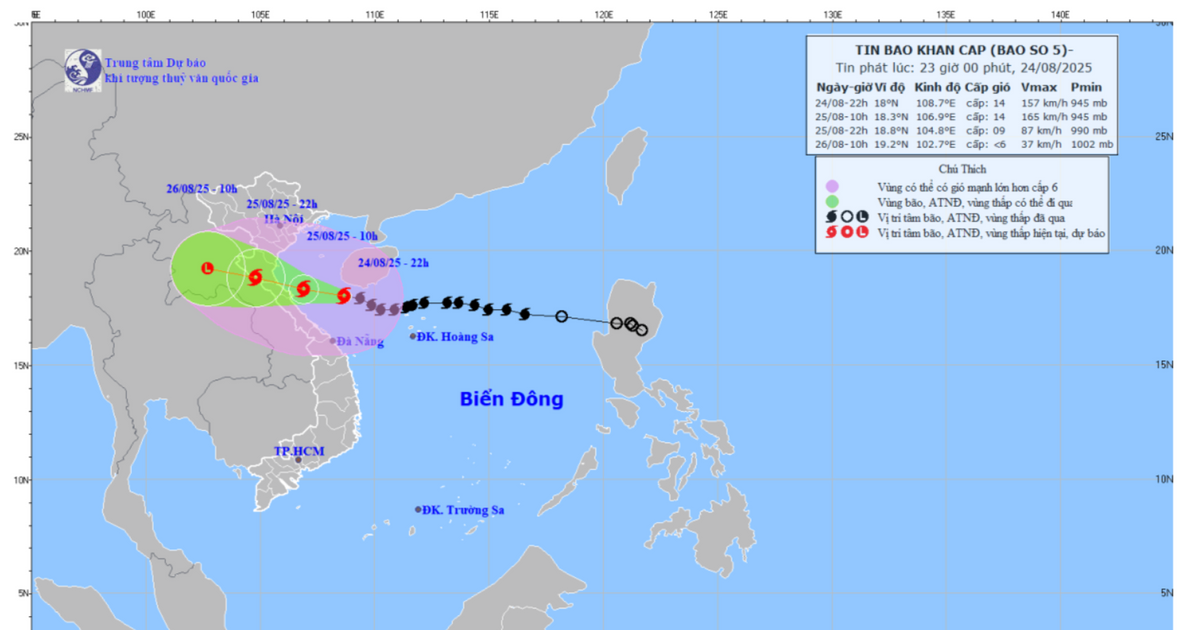
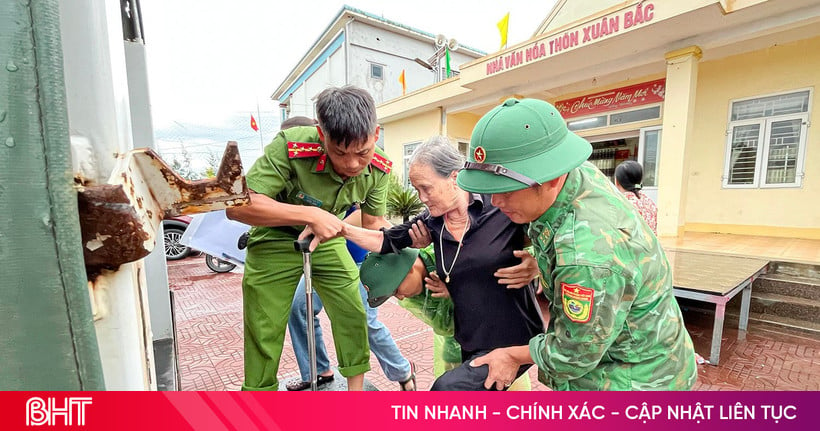



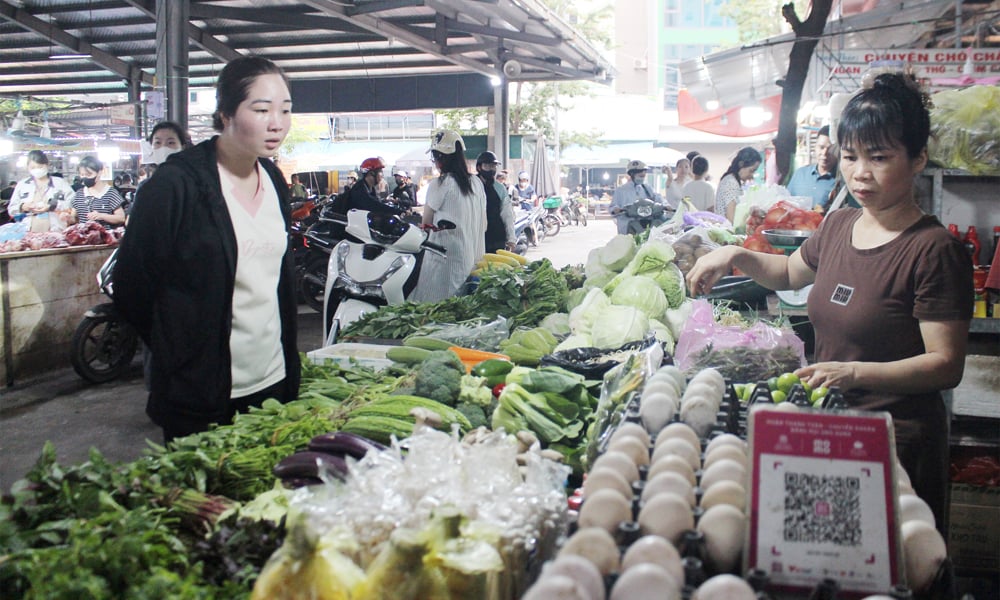

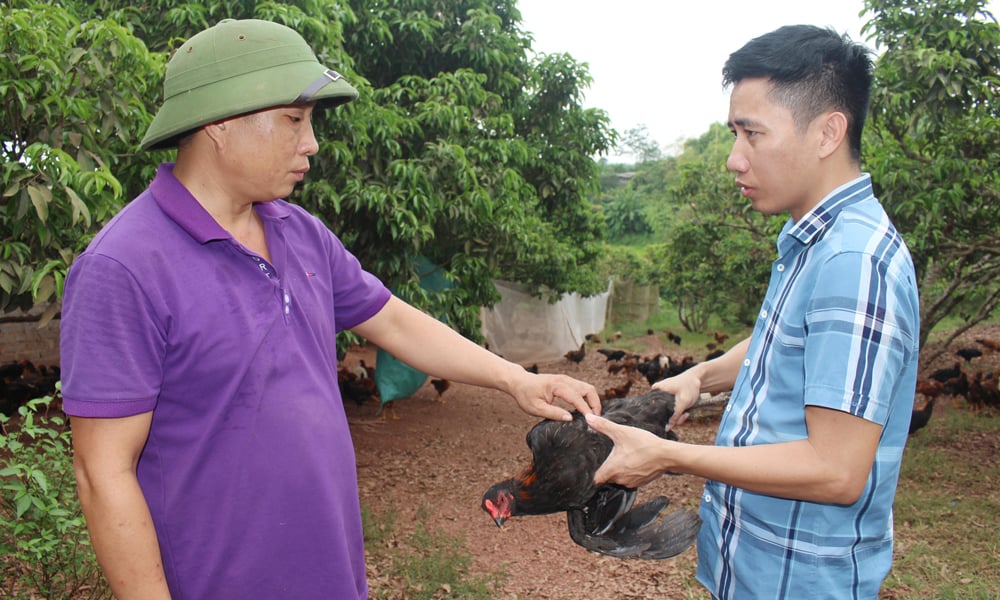











Comment (0)